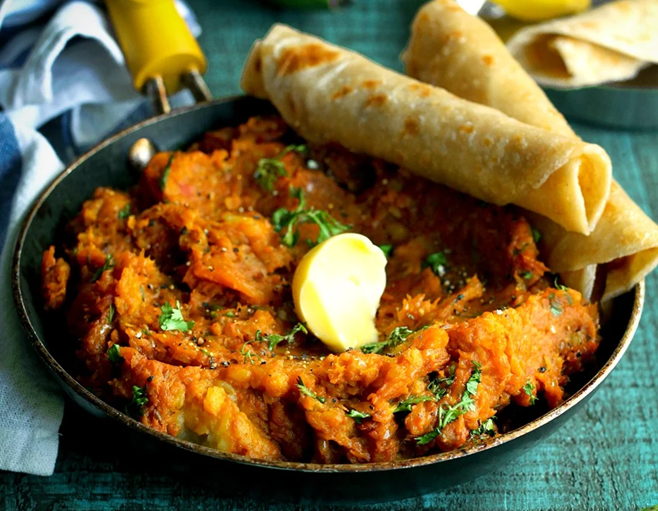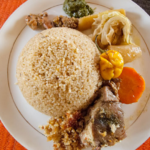When it comes to East African cuisine, one cannot overlook the rich and diverse flavors that the region has to offer. Among the many delightful dishes, Matoke holds a special place as a staple in the diet of several East African countries, including Uganda, Tanzania, and Kenya. Matoke refers to steamed plantains, which are cooked to perfection and served with a variety of savory accompaniments. Let’s delve into the world of East African Matoke and discover the mouthwatering flavors it brings to the table.
Matoke starts with the use of green, unripe plantains. These plantains are starchy and firm, providing a perfect base for the dish. They are peeled, cut into chunks, and then placed in a pot for steaming. Traditionally, Matoke is steamed in banana leaves, which infuse a subtle earthy flavor into the dish. However, modern adaptations often use aluminum foil or parchment paper as a substitute.
The steaming process is what transforms the plantains into a tender and flavorful delight. As the steam envelops the plantains, they soften and develop a slightly sweet taste while retaining a pleasant, substantial texture. The slow cooking method allows the plantains to absorb the aromatic steam, resulting in a rich and fragrant dish.
Matoke is typically enjoyed with a variety of savory accompaniments that complement its natural flavors. One popular choice is a peanut sauce, known as “groundnut sauce.” This creamy and nutty sauce is made by blending roasted peanuts with a blend of spices, onions, garlic, and tomatoes. The combination of the nuttiness from the peanuts and the sweetness of the plantains creates a harmonious balance that is both satisfying and delicious.
Another favorite accompaniment for Matoke is a stew called “beef matoke.” This hearty stew is made by simmering tender beef with tomatoes, onions, garlic, and spices until it becomes flavorful and tender. The stew is then served atop a bed of steamed Matoke, creating a delightful combination of flavors and textures.
In addition to peanut sauce and beef stew, Matoke can be paired with various other dishes. Some people enjoy it with grilled or fried fish, which adds a delightful contrast of textures and flavors. Other popular accompaniments include greens such as collard greens or spinach, which provide a fresh and vibrant element to the meal.
Beyond its delectable taste, Matoke holds cultural significance in East Africa. It is often served during special occasions, celebrations, and gatherings, bringing people together to share a communal meal. The process of preparing Matoke is seen as a labor of love, as it involves peeling and cutting the plantains with care, then patiently steaming them to perfection. The dish represents tradition, unity, and the essence of East African hospitality.
Matoke is not only a flavorful and satisfying dish but also a nutritious one. Plantains are a good source of potassium, dietary fiber, and vitamins, making Matoke a wholesome addition to a balanced diet. The steaming process helps retain the nutritional benefits of the plantains, ensuring that the meal is not only delicious but also nourishing.
So, whether you are exploring the culinary delights of East Africa or seeking new flavors to tantalize your taste buds, Matoke is a dish worth experiencing. The combination of steamed plantains with savory accompaniments offers a unique and delightful gastronomic adventure. From the tender texture of the Matoke to the rich flavors of the peanut sauce or beef stew, each bite transports you to the vibrant and diverse landscapes of East Africa. Embark on a culinary journey and savor the enticing flavors of East African Matoke—truly a dish that captures the heart and soul of the region.








